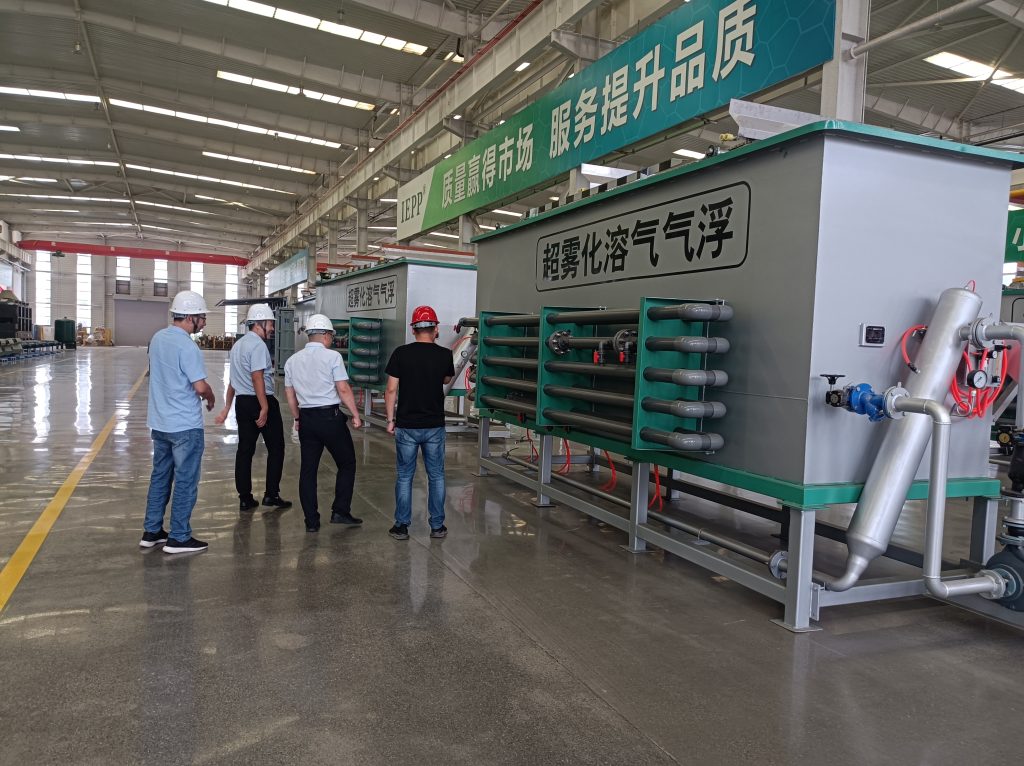What is jar testing?
Jar testing is a method for determining the proper dose rates of chemicals necessary for treating wastewater. It is a miniature batch treatment tank with all the variables under control of the operator. It usually consists of a “jar” or beaker of a known volume and a variable speed mixer. The mixer can be as simple as a glass rod stirred by hand, a laboratory stir plate with a magnetic stir bar or a motor driven metal impeller, similar to the mixers found in many waste water treatment reaction tanks. You will also need a pH meter or pH papers as many of the reactions that occur during treatment require specific pH ranges.

As with any experimentation notes need to be taken on additions and observations made for later interpretation.
Water from the equalization tank (a tank where all wastewaters are intermingled before being pumped off to the wastewater treatment system) is measured out to a specific volume, usually a liter into the jar. The jar is then agitated and the pH is measured. In waters that may contain cleaner as well as dissolved metals it is common to lower the pH to 2.5 – 3.0 with dilute sulfuric acid if it isn’t already at the required pH, this will help deactivate any cleaners or chemicals in the water that may interfere with proper treatment.
Once the pH is lowered the chemical additions are commenced. Most often it is coagulant added at this stage. It is measured in ppm (parts per million). A ppm is one milligram of something (or 0.001 ml) in one liter of water. Coagulant addition may range from 1 to several thousand ppm depending on what is being treated. The coagulant is then allowed to mix in.
Then the pH is raised with dilute sodium hydroxide, most often to a range of 8.5 – 10.0. It might be necessary, because of chemicals present in the water possibly tying up the metals, to add a metal precipitant at a dose of 50 – 200 ppm. When metal precipitant is mixed well the polymer is then added. In water being treated for metals an anionic polymer is commonly used. Polymer addition should be made with good mixing to evenly distribute the polymer throughout the water. Mix for 30 to 60 seconds. Then turn off the mixer. A heavy precipitate or floc should form and begin to settle to the bottom of the jar.
Pull a sample and filter it for analysis. Compare the results to your discharge limits. If they are good treat your water with the same procedure that gave you a successful jar test. If results don’t meet your limits try increasing dose rates of the coagulant first, then the metal precipitant. Very small floc after metal precipitant dosing indicates you’ve added too much of it. If none of these additions work it may mean there is something new introduced into your waste stream that may require a different chemical treatment program than the one being used – this may include different chemicals, addition rates, PH and orders of addition. At this point it might be necessary to consult a supplier for jar testing.
